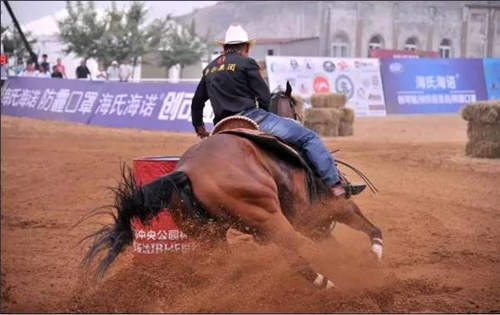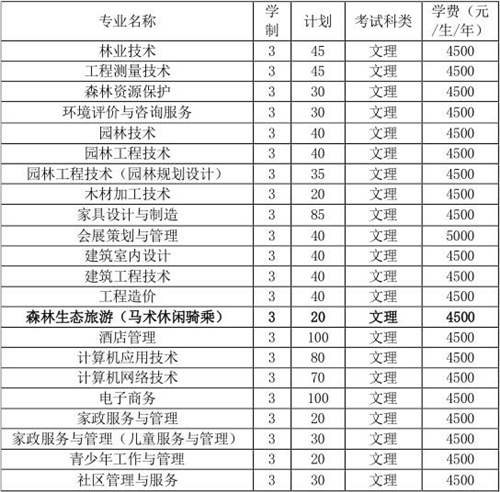长沙U币充值兑换|【唯一TG:@heimifeng8】|长沙长沙U币转账✨谷歌搜索留痕排名,史上最强SEO技术,20年谷歌SEO经验大佬✨I believe that buildings of the future do not have to stand still։ James Law
I believe that buildings of the future do 长沙U币充值兑换not have to stand still։ James Law
November 5, 2025 20:15James Law is avisionary architect, who designs cyberhomes in India and China. The interview was conducted on the eve of the scientific symposium titled “Creating the Future”held in Moscow on November 4-6. NEWS.am is the information sponsor of the symposium.
You coined the term “Cybertecture.” Can you explain what it means and how it influences your architectural designs?

The philosophy of cybertecture comes from a belief that I have, that humanity is going to be building our civilization out of more than the traditional materials of our planet. We are now using new materials like artificial intelligence. We are using new scientific discoveries. And so from the typical world of architecture, where we are making things out of the typical materials of our planet, I've derived this philosophy a word called “Cybertecture” to embody this whole new humanity where we will be building out of the new and creative and digital and intelligent materials that is now being available to us.

How do you envision the future of urban living, and what role does Cybertecture play in shaping that vision?
Well, first of all, when we talk about cities, cities are already inhabited by more than half of the world's population, and as we know, increasingly, there will be more and more billions of people moving to the cities. The planet may even become one giant city one day. So cities are the greatest and the largest and the most complex technology that man is currently designing and building. Therefore, our belief at cybertecture is that these future cities must be designed, built and operated in an entirely different way. Traditional cities where people just live and work in there has created many problems, like overpopulation, crowdedness, traffic, pollution, etc. And so what cybertecture is trying to do is to reinvent what it means to be a city. We believe that the cities of the future are giant pieces of tech.
Technology on this planet that will be powering itself in a sustainable way, keeping citizens safe, educated and employed, and most importantly, be a kind of treasure trove for all of the knowledge and culture that humanity has accumulated. So at cybertecture, we are really researching and designing as much as possible with the latest technologies, integrating them into the city. So how we power city, how we plan the city, how we run the city, how we build a city, will be based on an entirely new level of operating system. And I think this is the dawn of a new era in what we mean by cities on this planet.
Your projects like the tube house and mobile cities are groundbreaking. How do you believe such concepts reshape our understanding of “home” and “city” in the modern world?
So our projects such as our moving cities are really a kind of investigation and awakening to the fact that all of the typical things that we expect from a city will change and will change very quickly. We are already, for example, for many decades, flying in an aircraft, which essentially is a building that can fly from continent to continent. So why can buildings not also do the same thing? Why can cities not move in the same way? We really believe that innovative projects and concepts like this not only test what we have taken for granted to be the only way of doing things, but open up our minds to the new possibilities of achieving new levels of life and new levels of society.
We really believe that buildings do not have to stand still. They can be very much like an electric car. They can be a much bigger, changeable, transformable structure, and in doing so match with the changing climate and conditions of our ever changing world. Cities have become mired by the fact that they're old fashioned and they cannot change. So by being moving, by being transformable, by being upgradable, and by being more intelligent, I think cities will become a new kind of machine for us all to live in.
You have envisioned cities that can move to new locations. What sparked this idea, and how do you think it could address urban problems like overpopulation and environmental degradation?
So I think environmental degradation, including global warming, is really changing the condition upon which human beings are living on this planet. We are suddenly getting massive storms that attack our settlements. We have floods; we even may have earthquakes, wildfires and also generally temperatures, which are no longer comfortable for us to live and for our agriculture to really be sustained. Therefore, we must ask ourselves, how we will continue to live on this planet if such big, systemic catastrophes could happen at any time. If we are not flexible, resilient, and intelligent, we will become the victims of this condition.
So projects, which look at how our settlements not only move but adapt to this changing condition, is the only way for us to keep growing. Sometimes, when a part of our planet becomes inhabitable, we cannot fight that condition. We must become nomads once again to find the fertile and better climate for our future generations. So this is, I think, the new condition that urban living is now facing, which is that whatever we are creating is a victim of the conditions of the climate and of the politics and of the economics. So maybe we need to be more intelligent in our urban design, so that our lives can be still, as wonderful as before, but not necessarily in one place that we will be migrating from place to place throughout our lives in a sustainable way.
The Cybertecture Egg in Mumbai is one of your flagship projects. What were the biggest challenges in designing and constructing this energy-efficient structure?
A project like the Cybertecture Egg was extremely challenging, because what we had to do was to break the typical, conventional way in which we design architecture. So first of all, the building was not conceived purely as a building. We wanted to conceive it as a second nature, that this structure will almost have some of the intelligence of nature. How do we achieve this? We needed to use very difficult, sophisticated computer software to help us develop a shape and a structure that would be much more efficient in the climate.
So the shape is not just for novelty. The shape is like a plant growing from that particular site, capturing just the right amount of sun, creating just enough space inside for the functions of the building, married with a very intelligent and sophisticated structure that allows the building to have no columns. This is a kind of high level design that we often see in nature. We admire the organic shapes of flowers and plants. We marvel at how nature can always find the right way to get its right resources and live in the most efficient way. We apply the same challenge to making a piece of architecture like the cybertecture aid so the difficulty was how to bridge between architecture and the sophistication of nature, and by using technologies like computer aided design, we're starting to bring the two together to create a next generation of second nature architecture.
Why did you decide to participate in the International Science Fiction Symposium ‘Creating the Future’? What will your presentation focus on?
So I'm very honored to be invited to be part of this amazing event. The reason why I am really looking forward to be part of this event is that, fundamentally, I share the same philosophy. As a child, I was always very, very interested in science fiction, and I believe that science fiction, actually, apart from it being entertaining, is an intellectual way for us to creatively speculate about the future, which actually is very important. Sometimes we have to ask ourselves, how do we invent the future? The only way, sometimes, is to speculate and to kind of elaborate on the vision that speculates on what can be done in the future. So that is science fiction.
And I think at the heart of what I'm doing at cybertecture is, in fact, science fiction becoming real, using the power of science fiction to look at the solutions for a better possible future. So being part of this event allows me, of course, to share in my own experiences and direction, but also to interact and meet many of the leading thoughts, thinkers in the field of science fiction, so that I can really, of course, learn from them, but that we can also share many ideas.
In my own particular presentations I will be showing several things. One is, I'll be showing a series of futuristic city designs that are really changing the entire DNA of what the city can be in order for us to be forward looking and avoid the problems of the past. I'll also be showing some of the inspirations behind my work, some of my childhood influences from science fiction that has really become almost real in my work in the decades since. So it's quite nice for me to share my journey in science fiction and becoming a cybertech, designing cybertecture.
I think that I like to say that at this era in time, our entire world is facing incredible challenges, and these challenges are on the scale that is beyond any particular company, beyond any particular country. It's a global effort, and this global effort is both in the thoughts of the mind as well as in the economy and in the industry and in the science. Faced with these challenges, I think humanity has the kind of moment in time to show how wonderful we can react to these challenges, and by being creative and forward looking, being futuristic, we can change these challenges into opportunities that will raise up the entire world on the level that has never been seen before. We are at the dawn of the era of AI we are at the dawn of the era of quantum computing. We are at dawn of the era of space travel. These are doors that are getting wider and wider for us to step through and to utilize in how we can create a better humanity for the eons to come. So my message is, let us all be brave. Let us all be courageous. Let us all be visionary and really embrace this opportunity of the future so that we do not make the mistakes of the past again.
Do you think humanity is succeeding or failing in facing those challenges that you mentioned?
I think humanity's journey is one where we both fail and succeed. It is a duality. There is no continuous failure, neither is the continuous success. We are riding waves of change, both good and bad, wars, pandemics, economic growth, prosperity; all of them are mixed in the kind of strange, chaotic frequency as we move ahead. However, if we don't keep moving ahead, we may become stuck in an unhealthy frequency. And so I believe that as long as humanity continues to move ahead in a positive, courageous, visionary way, any of the problems that we're facing now will become temporary, and the chances of us having a positive outcome will increase so we are both winning and losing. But that is not the issue. The issue is we should keep moving forwards.